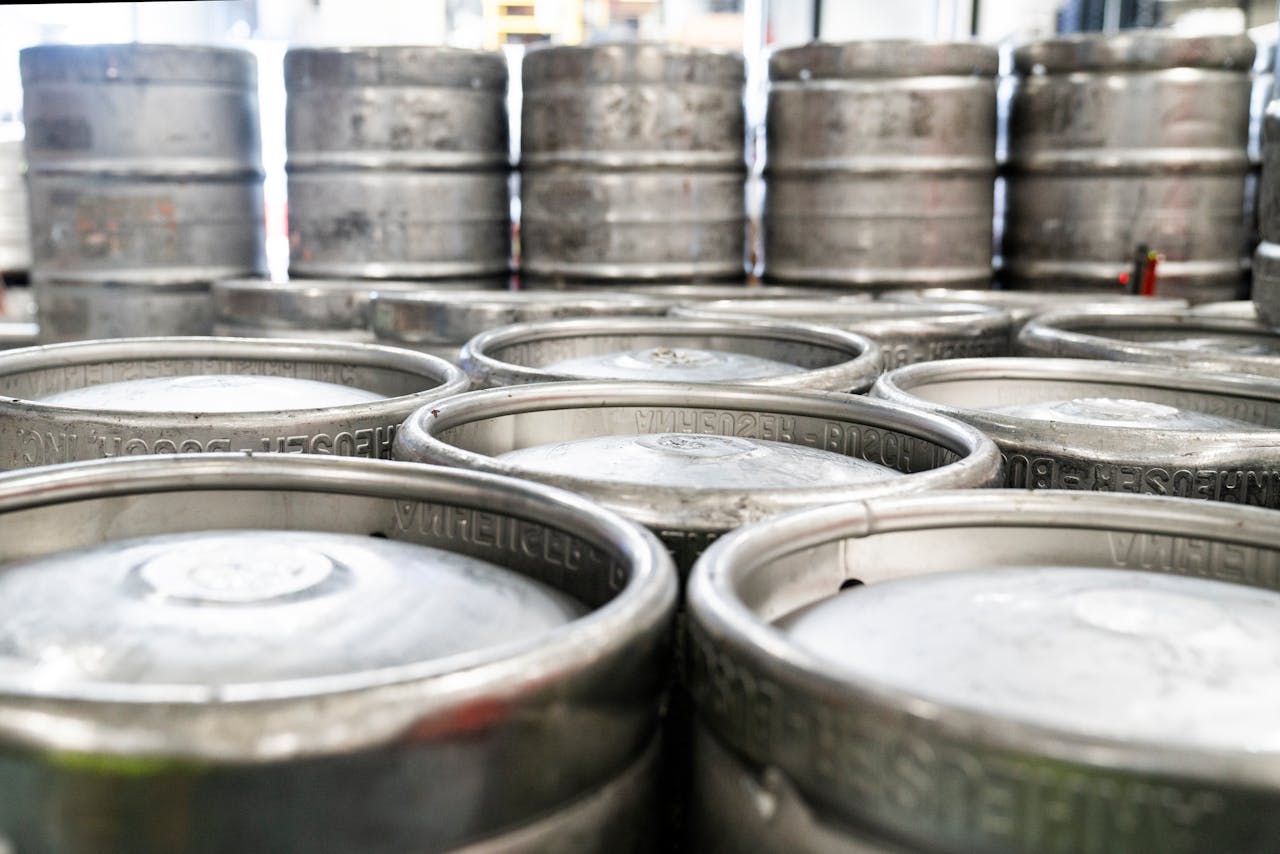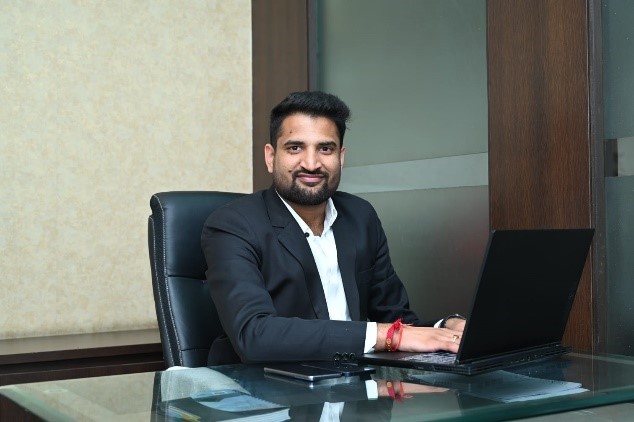Mr K K Pahuja
October 30, 2019
As India’s apex stainless steel association, Indian Stainless Steel Development Association (ISSDA) has always led the way for the domestic industry through advocating for adoption of stainless steel in the country, development of the required infrastructure, and by providing technical support and assistance to Indian manufacturers for augmenting the usage of stainless steel across a plethora of applications. It is through these dedicated efforts of ISSDA that India was able to achieve the status of the second largest stainless steel producer and consumer in 2017. As the association commemorates its 30th foundation anniversary next month, Stainless Post brings to you an exclusive with President, ISSDA, Mr K K Pahuja.
How Did ISSDA Take Shape To Become India’s Apex Stainless Steel Body? What Were The Founding Objectives Behind Its Formation?
In the mid 80s, raw material suppliers for Ferro-Chrome and Ferro-Nickel from around the world came together to gauge India’s potential as a burgeoning stainless steel economy. At that time, the main visible application of stainless steel was essentially household kitchenware. The Indian stainless steel producers saw this opportunity to have a centralized association for taking forth the cause of developing newer avenues for stainless steel applications. This intention led to 7 prominent Indian stainless steel manufacturers coming together to form Indian Stainless Steel Development Association in 1989.
ISSDA was formed with the explicit objective of diversifying the applications of stainless steel in India and increasing usage volumes in the country. The association currently has a membership base of over 145 companies engaged in the production and processing of stainless steel.
Looking Back At This 30 Year Long Journey, What Are Some Of The Key Milestones Achieved By ISSDA?
The first breakthrough in the country happened around 2001, when stainless steel coaches were first introduced by the Indian Railways, today, all carbon steel coaches have been phased out with the Railways becoming one of the primary consumers of stainless steel in the country. Being corrosion and crash resistant, stainless steel has added to the strength and safety of these coaches, thereby making public commute safer and reliable.
Another key achievement was the development of Delhi Metro during 1997. The then Managing Director of Delhi Metro Rail Corporation (DMRC), Mr E Sreedharan, popularly known as the ‘Metro Man’, gauged the endless possibilities of stainless steel for the metro infrastructure, from coaches and facades to token countersand benches. Today, these metro models form the lifeline of busy metro cities in India and abroad.
As a result of sustained efforts by the domestic stainless steel industry, India emerged as the second largest producer and consumer of stainless steel in the world in 2017. India also became one of the fastest growing stainless steel markets in the world. This led to an increased acceptance of the metal in modern infrastructure, architecture, transport and specialized applications like process industries.
This transition from a limited segment of household kitchenware to various aspects of economy has been an overwhelming experience. ISSDA has played the role of a catalyst in all the endeavours.
Do You Think That The Domestic Industry Has Matured In Terms Of Its Core Objective Of Spreading Awareness For Adopting Stainless Steel In The Country?
There are two major patterns for growth in stainless steel usage, 1) through a healthy economic cycle that triggers increased consumption, and 2) through a substitution effect, as seen in the case of Indian Railways. Stainless steel, although a slightly expensive investment, when compared to carbon steel, comes with an exceptionally better life cycle. This lower life cycle cost compensates for the initial high cost over a period of time. Being corrosion resistant, it dramatically reduces the maintenance costs incurred while using its alternatives. Moreover, as a green and sustainably viable metal, stainless steel promises a healthier and safer future. However, the country has been following the L1 model (a model where the lowest cost deliverables are prioritized),the entire hierarchy of decision makers needs to be mobilized for realizing the importance of improved life cycle and reduced maintenance costs.I am happy that the value proposition is now being appreciated by looking at life cycle cost, where stainless steel scores very high.
Lately, with the ongoing focus on reducing plastic use, we are now pitching for stainless steel as a viable option for water and food storage.
How Has ISSDA Been Able To Contribute To The Government’s Development Policies?
The objective here has been to mentor the decision making hierarchy to realize the importance of stainless steel. This begins with bringing proposals for stainless steel applications before the policy makers and goes down to the designers and architects who map out technical raw material requirement for specific applications. The fabricators come next in the chain who require expert guidance and training for handling stainless steel. Then, there are the grass-root level workers and welders in the nation’s heartland who need to be educated about the metal and its advantages. This leads to employment generation and individual skill training. We answer technical queries, suggest possible solutions, and bridge the gap between the industry and the government.
Where Do You Place The Indian Stainless Steel Industry When Compared To Its Global Peers?
Although, we are the second largest stainless steel producer in the world, it is true that we are a distant second. Nevertheless, the path to growth is clear as the Indian economy enjoys immense potential for stainless steel applications. If the national economy is healthy, we expect to grow at a constant rate of ~10%.
It is also noteworthy, that the domestic stainless steel industry has reached an inflexion point from where the avenues of growth have expanded. This also implies that we are growing at a faster rate than matured economies of the world. In my opinion, the next growth wave will be led by the Architecture, Building, and Construction (ABC) segment where maintenance costs need to be revisited. This encompasses various aspects of sustainable urban planning including plumbing and roofing solutions, columns, water storage/transporting solutions, and recycling.
Stainless Steel Is Slowly Picking Up As A Suitable Alternative For Sustainable Development. What More Needs To Be Done In Order To Ensure A Rapid Adoption Of This Metal?
With its undisputable qualities over other metals, stainless steel is leading from the front by providingthe most sustainable and cost-efficient solutions.
“It is noteworthy that stainless steel doesn’t build for one, but five generations.”
However, the industry needs to revisit its raw material selection criteria. It needs to evolve by only considering lowest initial costs for projects to realizing the importance of improved life cycles for infrastructure along with minimal maintenance expenses. The life of the projects should dictate the value. Meanwhile, it is our responsibility to make sure that stainless steel finds its due place as a future metal.
What, In Your Opinion, Should Be The Next Level For The Domestic Industry?
The industry constantly needs to focus on being competitive. The government is inviting bigger and newer agreements with global economies. This underlines the fact that the future lies in a more open market, not party to current restrictive trade wars. Availability of raw materials, commercial costs, and high logistical costs need to be checked and corrected domestically by developing the required infrastructure, thus establishing a globally competitive stand for India.
What Are The Key Challenges Faced By The Industry At Present? How Can ISSDA Help Cope Up With Them In The Coming Years?
The targeting of growing Indian market by other countries, along with the instability in raw material prices and easy availability are major challenges for the domestic industry. While on one hand ISSDA aims to counter these issues by means of identifying and supporting industry’s efforts in newer avenues for stainless steel, it also envisions a larger goal. This is developing a sustainable ecosystem that fosters not just stainless steel manufacturers, but complete solution providers in stainless steel. This translates into a self-reliant setup where the industry is equipped at all the levels- fabricators, welders, architects, designers, manufacturers, urban planners, and policy makers- with the required skills, knowledge, resources, and infrastructure to provide modern day stainless steel solutions to end-users across various segments like kitchenware, water storage, buildings, transportation, healthcare, etc.






